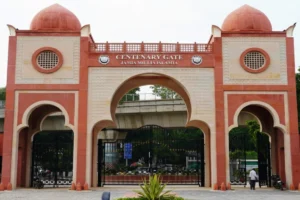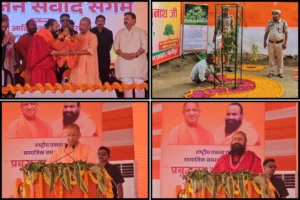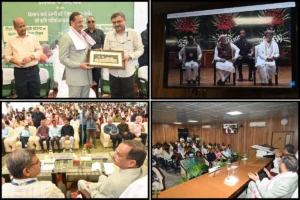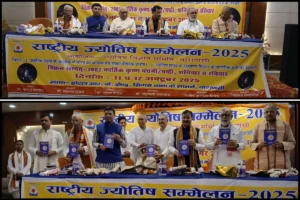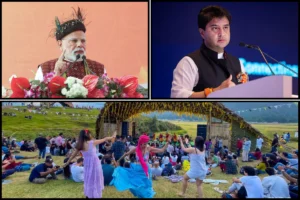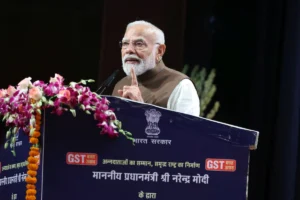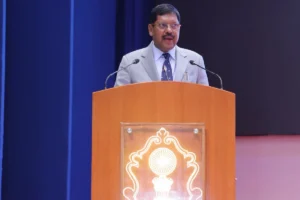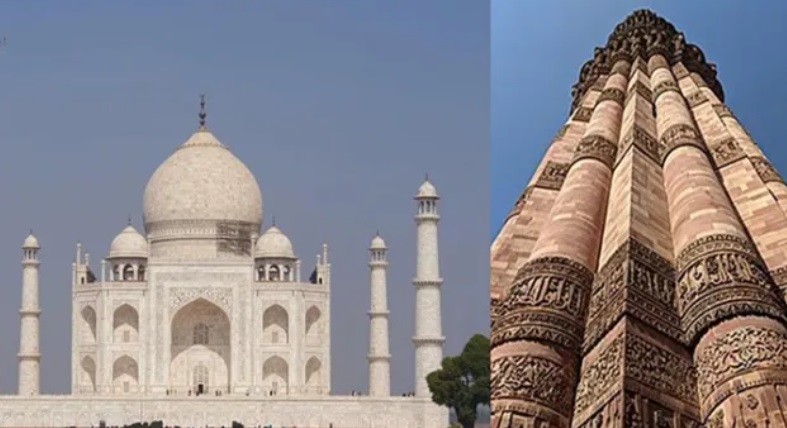
The controversies are myths in the cases of Temple claims the reality will be restored in the court finally..
It is modern India today and modern India belongs to the
world. Now India makes a difference. Any thing taking place
in India attracts eyes from across the world towards India.
Now Kutub Minar and Taj Mahal also attracting the eyes
from global populace.
Today the new India witnesses the persistent theory that Taj
Mahal was a Hindu temple called ‘Tejo Mahalaya’. With this
we also see that over the years, several Hindu leaders have
repeated and amplified claims that the Taj is in fact a Hindu
temple that was built much before the reign of Shah Jahan.
Let us now have a look at the theory of "Tejo Mahalaya".
Two Hindu gentlemen Pratul Vashisht and Parmendra Pratap
Singh ji presented the results of research of Modern Indian
historian Purushottam Nagesh Oak and Pandit Krishna Kumar
Pandey who were resident of Agra and they clearly said that
the truth of Taj Mahal is Tejo Mahaalay, a Hindu Shiva
temple.
‘‘Taj Mahal was built by Shah Jahan" – The course books of
Indian history for last seventy years have been claiming this.
But then one person got up and challenged this statement.
And this intellectual gentleman was Purushottam Nagesh
Oak.
PN Oak has also worked as a freedom fighter with Subhash
Chandra Bose in Azad Hind Fauz. Oak's name represents the
list of modern Indians who have been always involved in the
efforts to save Indian culture. On one hand, the sycophantic
historians were filling the pages of history as told by them to
keep their masters happy, while on the other hand, Mr Oak
was bent on revising those pages.
Mr. PN Oak in his book "Tajmahal is a Hindu Temple Palace",
citing more than 100 evidences and arguments, claims that
the Taj Mahal is actually a Shiva temple whose real name is
Tejomahalaya and it was under the rule of King Mansingh
during Shah Jahan's time.
The government and major universities remained silent on
these facts of Mr. Oak. Whereas research should have been
done on this subject and we should be made aware of the
correct history. But the sadly, till date they have not been
officially investigated in any way.
After this, many good men started searching and found
important facts, among them was an Englishman named
Stephen Knapp. Due to his interest in Sanathan Dharma,
Stephen Knapp has written many books on Sanathan
Dharma. Among his many books, ‘Proof of Vedic Culture's
Global Existence’ was the most popular one.
In his book , ‘Proof of Vedic Culture's Global Existence’ Mr
Knapp has proved with his hard efforts that Vedic / Hindu
religion is from the ancient times (SINCE THE TIME OF
CREATION), however thousands of years ago this was the
only religion existing on the whole earth. In the 14th chapter
of this book, he has expressed doubts on many Indian
historical buildings located in India, particularly Taj Mahal in
Agra and Qutub Minar in Delhi along with a few other
buildings too in Ahmedabad and Bijapur. And fortunately for
Hindus, this had already been done by PN Oak in his books.
Since the light of truth had flowed in his soul, then he also
researched the Taj Mahal. And then from somewhere he
found many pictures telling the truth of the Taj Mahal, which
was brought into the notice of the Archaeology Survey of
India. The pics were by now lying in cold storage at the
moment. And after this he put all these pictures on the net
with an article. He wrote in his article:
‘‘This collection has since travelled all across the internet
after I have posted them here.’’
And he further writes clearly that if such a dispute is
associated with the world famous great creation like Taj
Mahal, then what would have happened to many other small
places of India?
"The point to consider is how much more of India's history
has been distorted if the background of such a grand building
is so inaccurate."
Many articles have been written related to this truth of Taj
Mahal, so we are only giving you a list of links of all useful
articles, you can read the articles by visiting them.
Now let us see what happened to the Minar of India – Kutub
Minar. It is basically is a minaret which is a part of the Qutub
Minar complex situated in the Southern part of Delhi. There
are so many theories around the building of this structure.
Let's have a look at some interesting facts about the
monument.
Gyanwapi and Taj Mahal controversies were followed by the
Kutub controversy through which the construction of Qutub
Minar attracted a lot of eyeballs. A new claim by a former ASI
officer has also come to the fore in which he claimed that
Qutub Minar was built by Raja Vikramaditya and not by Qutv-
AL-Din Aibak. He also said that Qutub Minar was originally a
“sun tower” built in the 5th Century by Chandragupta
Vikramaditya of the Gupta Empire.
Then the Archaeological Survey of India was asked to survey
the Taj site after which the ASI claimed that Qutub Minar is
not a place of worship, nor can it under the laws of the land
be revived as one. Then in the Delhi court pleas were seen to
restore the right to worship at the Quwwat-Ul-Islam mosque
in the monument’s premises for Jains and Hindus. The court
has now reserved its order for the next hearing on June 9. As
the controversy continues, we can explore the history of
Qutab Minar.
The pages of the history say that Qutub Minar was built as an
Islamic monument back in the 13th century Delhi. During
1193 Qutubuddin Aibak commenced this superstructure and
during his rule only the first floor was built. Then the next
ruler Shams-ud-din Iltutmish as sultan of Delhi, ordered to
build 3 more floors. Then later on came Firoz Shah Tughlak in
1368 who built the fifth and the last floor. A total time of
twenty eight years were passed during the construction of
Kutub Minar that time.
The 238 ft tall Qutub Minar with five storeys is one of the
tallest Indian towers. The minaret has 379 staircases to reach
the top. The Indo-Islamic style beautiful tower is made of red
sandstone and on its walls the verses of Islamic holy book
Quran can be seen written.
Historical records of the year 1505 hold that in this year
Qutab Minar was encountered a strong earthquake with
heavy lighting. Then one of the rulers of the Lodhi Dynasty,
Nizam Khan repaired it. The same Nizam Khan was famously
known as Sikandar Lodhi. And finally now this majestic tower
comes under the domain of heritage site of UNESCO and the
international organization takes care of its maintenance.
Lush green gardens can be seen around the Qutab Minar’s
surrounding areas. The records also state that there is Alai-
Darwaza Gate which was built in 1311 and in the same
compound there is a mosque too which is one of the oldest
mosques. This mosque with the minaret is knowns as
Quwwat-Ul-Islam. In the same premises an iron pillar is also
standing tall near the area of Qutab Minar and this iron pillar
has successfully stood the test of time without being rusted
in the last 200 years so far.
(Parijat Tripathi)
To read more such news, download Bharat Express news apps









